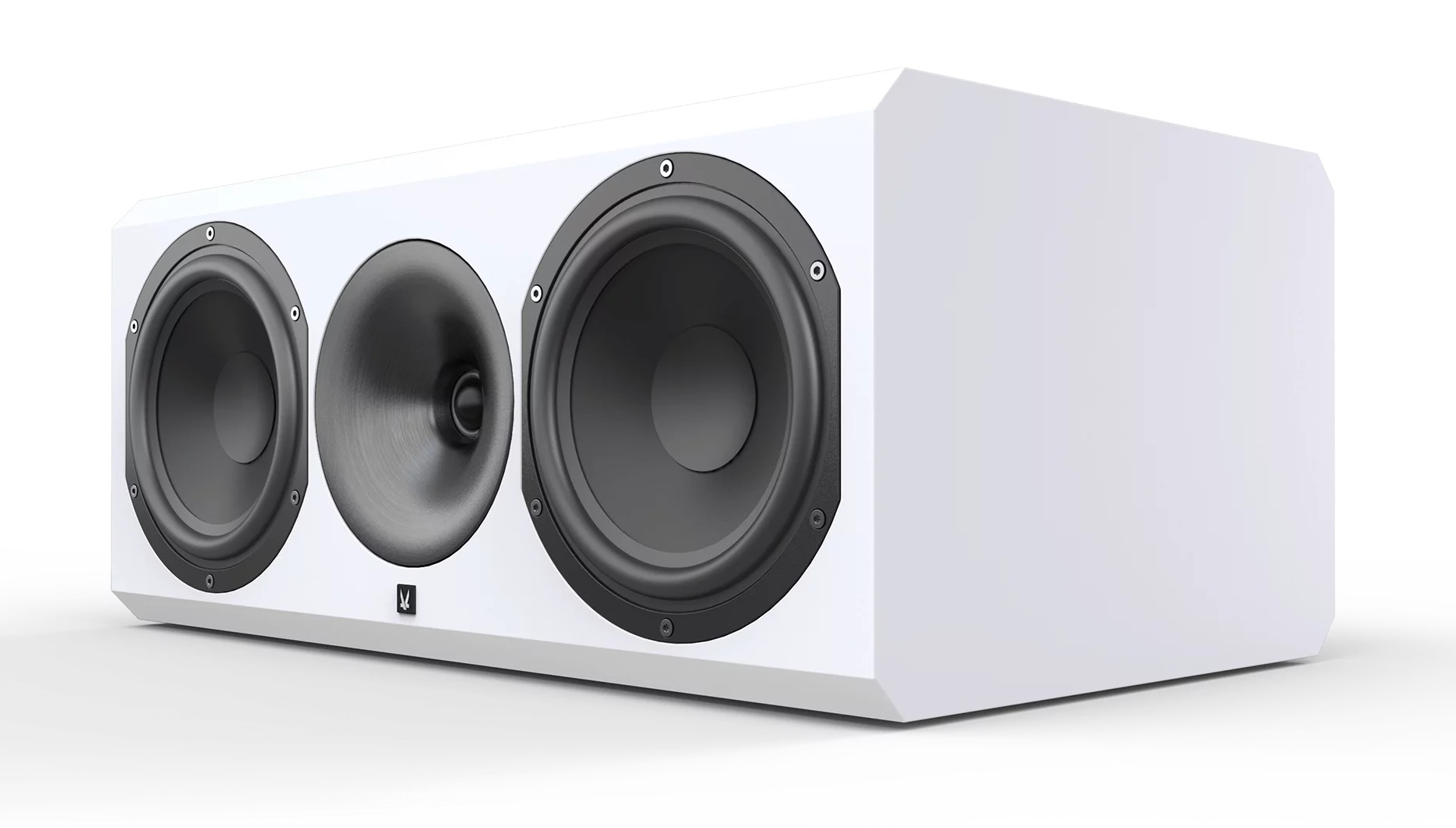Bigger Center Speaker
A question we get a lot is if it makes sense to upgrade/up-spec the Center speaker, instead of sticking with the dedicated one from the series.
First of all, you can basically mix and match every Arendal Sound speaker as they are timbre-matched as closely as possible. Please also see: Can I mix 1723, 1723 S and 1961 in the same setup?

There are two schools of thought on this approach.
1. “The center speaker is the most important speaker in the whole system!”
This can be true for a lot of situations, as most movies are around 85% dialogue.
Especially with older surround mixes, all dialogue is mixed purely to the Center channel.
The same goes with a lot of TV productions and dubbing in some countries like Germany for example.
The bigger Center speaker will of course have more extension, better dispersion, greater dynamics, and overall feel more lifelike.
If this profile fits you then yes, upgrading to a bigger Center makes sense.
2. “The front three speakers should be as identical as possible!”
What we discovered in recent years is, that modern surround mixes are far more flexible when it comes to dialogue placement. The dialogue track basically follows the picture and is spread all over three front channels most of the time.
Behind the screen of a commercial cinema, you will always find three identical full-range speakers.
The typically smaller horizontally placed Center is a compromise to accommodate a normal living room with a TV in use.
So if you can’t place three identical speakers for the most balanced and homogeneous front soundstage, you stick with the speakers from the same series. This will guarantee the best blend between the channels. It will have the effect of the speakers disappearing, as drivers and crossovers are very tightly matched.
So if this is something that is important to you, we highly recommend sticking with one series of speakers or even trying to have three identical fronts.
BTW: The surround/height channels are far less important in that regard and can be much more easily mixed without any audible drawbacks.









